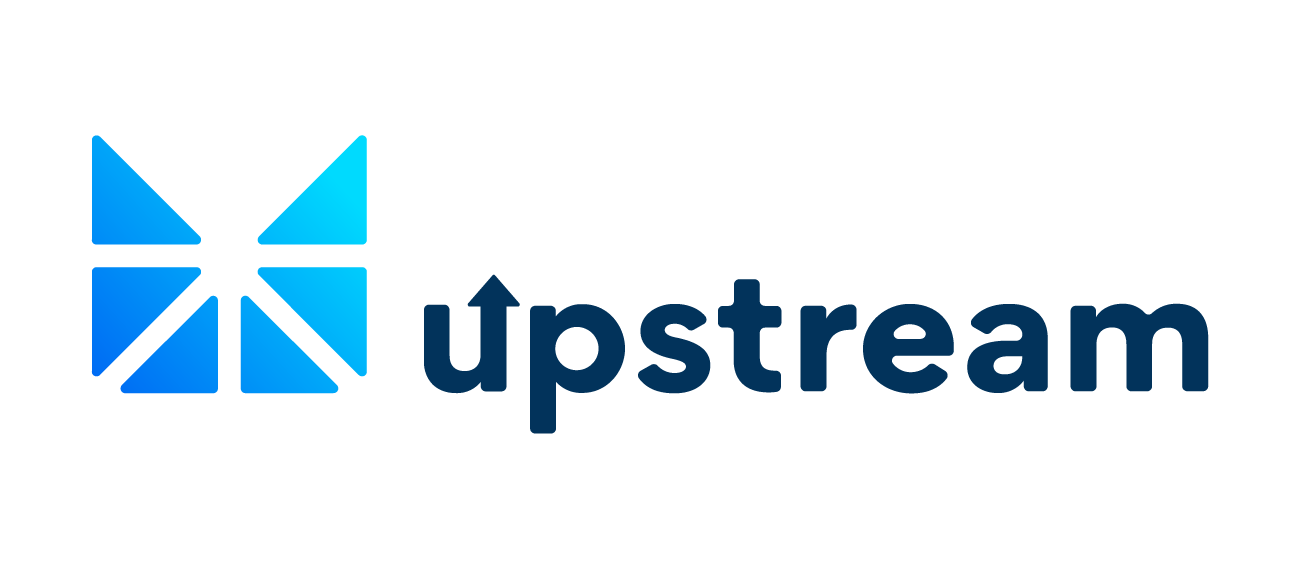
By Vanessa Malone with insights from Dr. Andrew Le Gear, CTO of Horizon
What’s discussed:
- What is decentralization.
- Why compliant security tokens cannot be fully decentralized.
- How technology can be used to find the right balance of centralized and decentralized components for digital securities.
In 2008, blockchain technology made its debut in Bitcoin’s whitepaper describing a peer-to-peer electronic cash system. This system was built on decentralized distributed ledger technology called the blockchain. Through blockchain technology, people were given the ability to transact with one another directly, removing the need for a “centralized”, trusted authority. Instead, a ledger of all transactions and verifications democratized the data and shared it across each person in the network, allowing for a true exchange of value, rather than information, over the internet for the first time.
This idea of decentralization and democratization of wealth shook the world and sparked innovation.
Enter initial coin offerings (ICOs), which took the market by storm in 2016 and 2017, generating an estimated $20 billion in capital raised to date. Unfortunately, legitimacy for ICOs, as the market has come to know them, was short-lived. None of the hard-fought consumer protections in the financial markets were present, resulting in numerous ICO scandals. The majority of ICOs are now below their listing price or have lost all their value.
Lessons learned:
- Decentralization when it comes to digital currencies such as Ether or Bitcoin, good.
- Decentralization when it comes to the combination of capital raising, regulation, and investor protection, bad.
The issue some of the blockchain community has with digital securities incorporating centralized aspects is that they were born from the evolution of decentralized ledgers. We’d argue this comes from one parent. The other parent to digital securities comes from Wall Street and the evolution of capital raising. You can learn more about the collision of blockchain technology and Wall Street in a previous blog.
With regards to the success of digital securities, the current climate requires there to be centralized components. This is to protect investors, maintain compliance, and ultimately prevent the industry from making the same critical mistakes which led to the downfall of ICOs.
Our team has built our technology solutions for digital securities on top of the Ethereum blockchain. Here are some of the things we’ve found when it comes to the balance between centralization and decentralization using our technology. As you’ll notice, many of the components support one another:
Centralized Components
Regulation: At their core, digital securities are securities, and therefore fall under the Securities and Exchange Commission (SEC) and its central authority for overseeing the securities marketplace, at least when US investors are involved. A necessary amount of SEC oversight gives investors greater peace of mind, as well as legal protection in case of any issues. Regulation is something ICOs lacked and investors suffered for. To stay in line with SEC rules, issuers have been conducting private offerings of DSOs utilizing Rule 506(c) of Regulation D. Recently we’re seeing an uptick in exempt filings to conduct a Regulation A+ DSO, yet only two have been qualified as of writing this.
The issuer: One of the key problems with ICOs was that there was no one to blame and no one to go to when something went wrong. Everyone boasted about self-regulation and free markets when it came to legitimate projects, but the market became saturated with frauds and scams. It became clear that investors who put their trust and hard earned money into an issuer’s company needed to have real protection in place, where the issuer maintains a central point of authority. This makes the issuer responsible for managing compliance and answering to any misconduct.
Transfer agents: A big concept you’ll see repeated across our blogs is the idea that a transfer agent is critical to the success of a digital securities offering. Not only are they required with S-1 and Reg A+ offerings, but transfer agents are already SEC approved sources of truth when it comes to maintaining the identities of shareholders. This is crucial when it comes to conducting digital securities offerings in today’s regulatory landscape because the SEC has hinted that they do not recognize the blockchain as a source of truth. This makes a transfer agent’s duplicate ledger of information crucial.
Ensuring that investor identities are known in the same way as traditional securities also means that proxy notices can be sent, voting can be done, dividends can be paid, escheatment can be managed, and state and federal laws complied with for estate management and regulatory reporting. This approach also puts control in the hands of properly SEC regulated transfer agents instead of developers or CEOs, thereby adding investor protection.
Decentralized Components
Smart Contracts: These are self-executing contracts built on a blockchain’s decentralized network. They are not focused on one central server but instead distributed across the Ethereum network. We prefer to apply additional regulatory compliance via “peered” smart contracts that are built alongside the primary-issuance smart contract, like our Transfer-Agent-Gatekeeper smart contract (via Custodyware). This allows for enhanced capabilities that the blockchain doesn’t have a simple solution for, for example, affiliates or multiple holding periods.
Transparency: All KYC/ AML and custody transactions are signed and immutably stored on the Ethereum blockchain. This adds an additional layer of protection and transparency for investors and issuers, as anyone can view the public ledger at any time. It’s important to note that through Horizon technology, there is no “Vanessa Malone identity” on the blockchain, merely a record of all transactions that take place, along with a digital signature, known as a wallet, authorizing the transactions. Only the regulated transfer agent holds the customer information (offline) that can link the true, KYC’d identity to these transactions.
Secondary Trading: When it comes to secondary trading, the unique combination of centralized and decentralized components really come to fruition. Proper KYC and AML is conducted through the issuer. In Horizon’s case, investors are on-boarded, verified, and whitelisted via a KYC/AML app we’ve developed called KYCware. Next, this information goes to our next centralized entity, a registered transfer agent, where identities and digital securities are custodied through our Custodyware solution. Next, these custodied securities can be released onto a regulated, decentralized ATS on top of the Ethereum blockchain. We believe that when it comes to trading, it’s best to remain on a decentralized public exchange such as Ethereum. Only key regulated implementations of the primary issuance process need to be centralized, allowing us to continue to leverage the many decentralized benefits of blockchain for the remainder of our implementation.
“Centralized oversight — Decentralized Trading”
In conclusion
We need to advocate for investor protection and necessary regulation just as much, if not more than we advocate for the power of decentralization. Using Horizon’s technology, we’ve designed the infrastructure for digital securities to make the parts that need to be centralized, centralized, and the parts that need to be decentralized, decentralized. We believe a combination of the two will create a ripe environment for the digital securities ecosystem to prosper.
How do you balance centralization and decentralization in your technology solutions?
About Horizon:
Horizon offers a suite of integrated blockchain software applications for compliant issuance and secondary trading of digital securities. Truly a compliance-first business, our solutions combine Wall Street and Silicon Valley to power the next generation of exchanges and securities offerings in the US and around the world.
Current SaaS products include digital securities issuance and transfers through Tokenetics (tokenetics.com); white-label investor onboarding and KYC identity verification through KYCware (kycware.com); watchlist management sanctions and PEP screening through AMLcop (amlcop.com); transfer agent custody and dividend payment tools through Custodyware (custodyware.com), and an advanced retail trading app for compliant secondary trading on affiliated digital securities marketplaces through Open Order Book (openorderbook.com). All software applications can be utilized independently or integrate with one another. Learn more at https://horizon-globex.com/.

